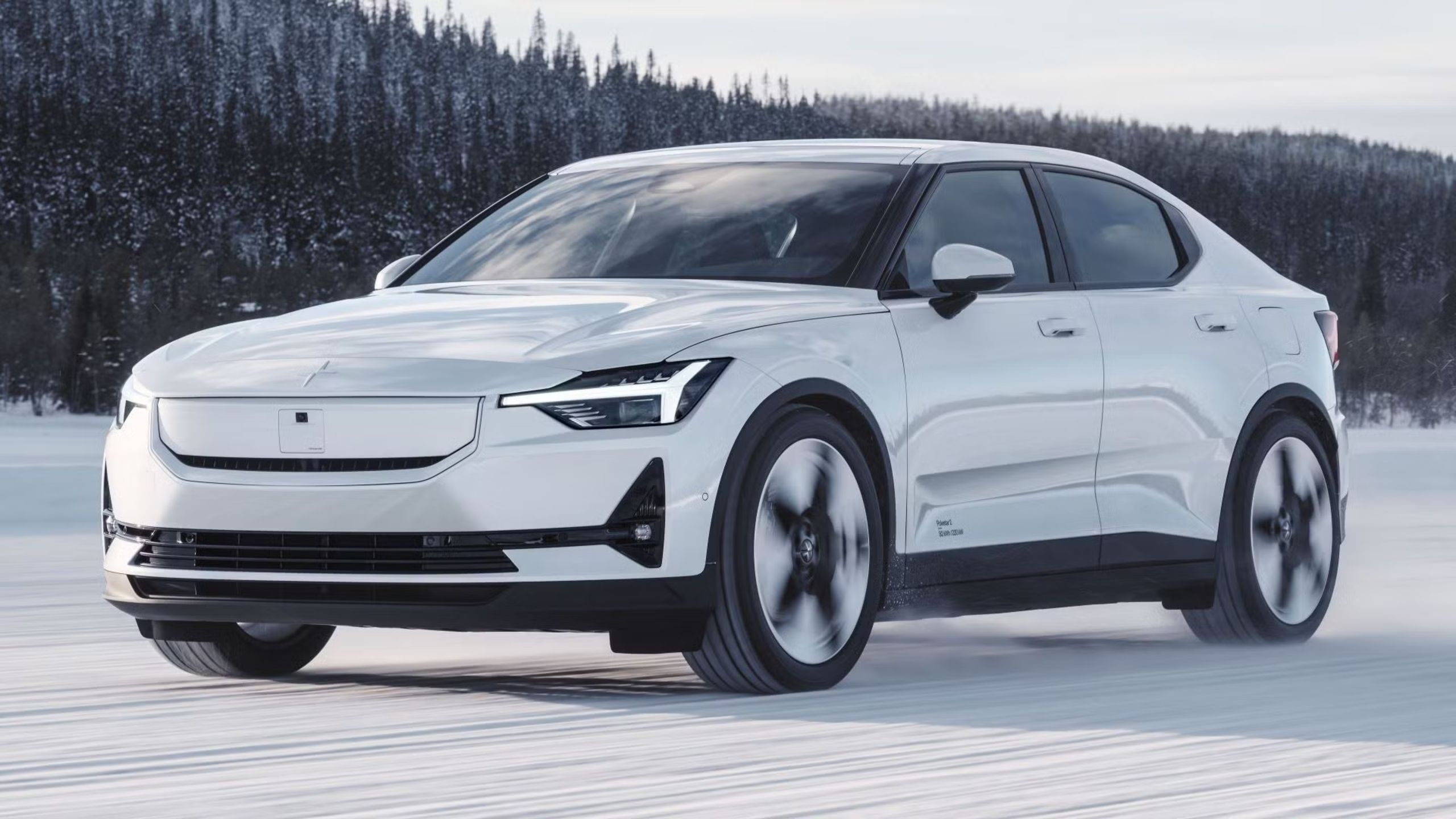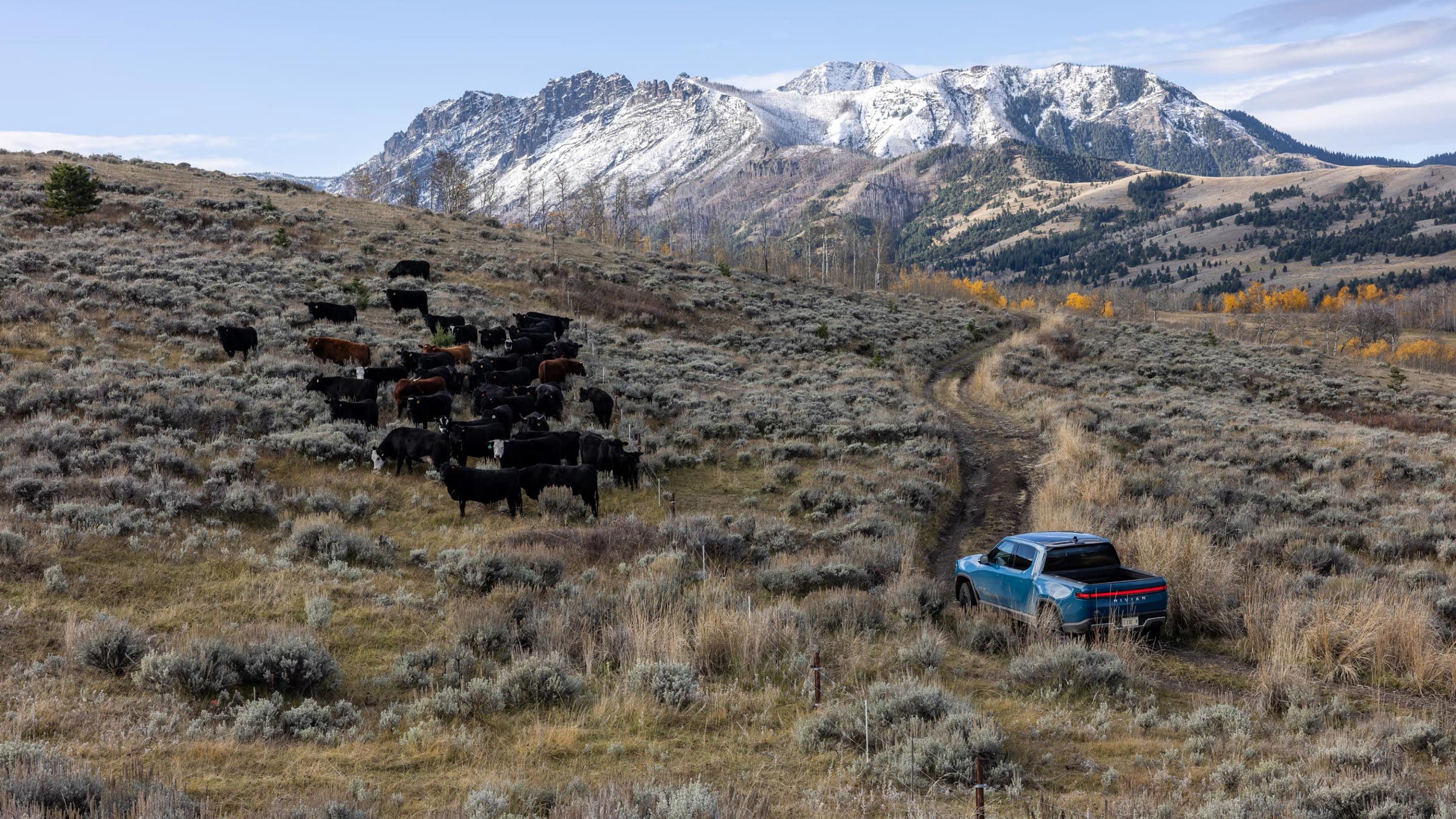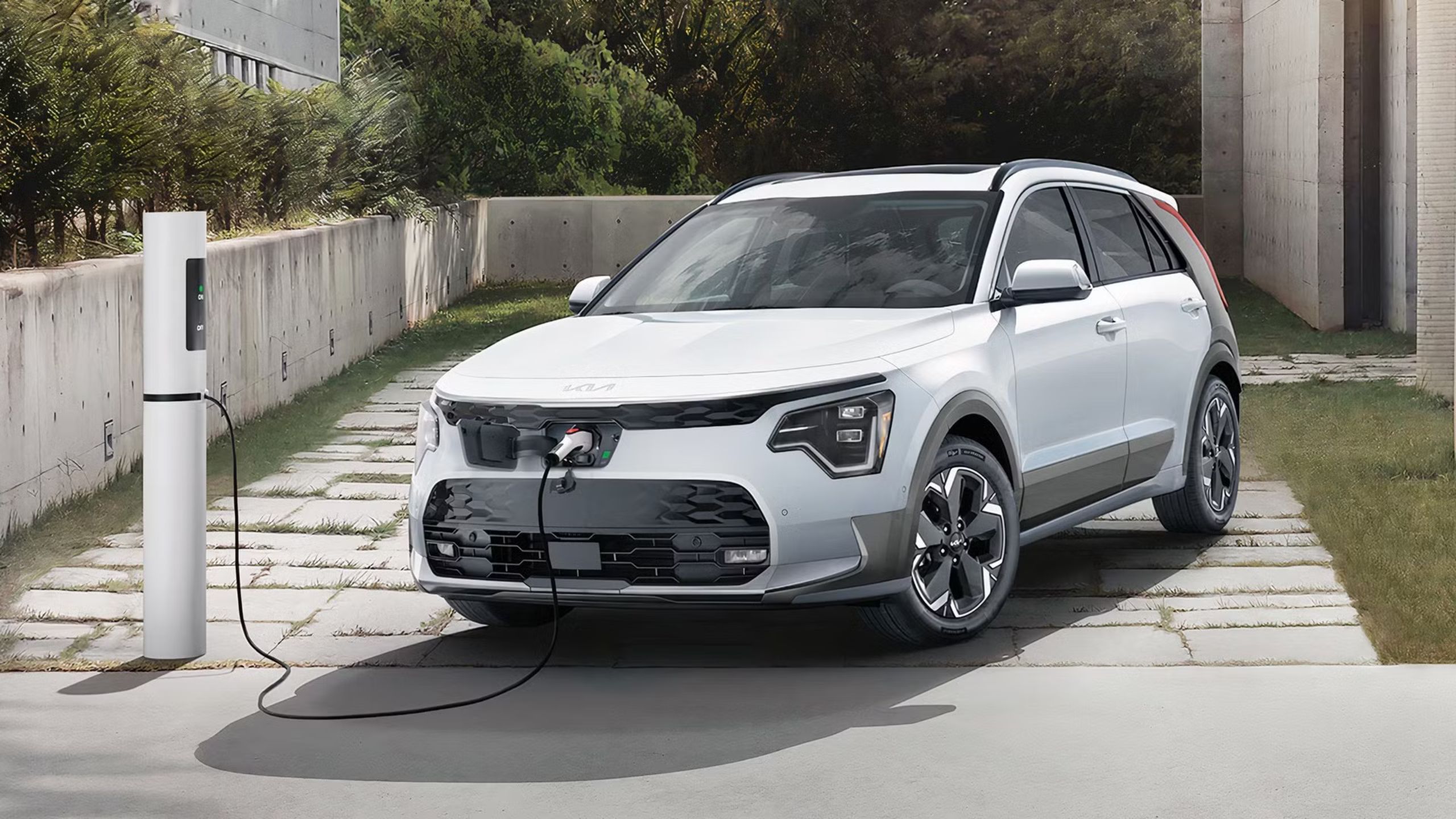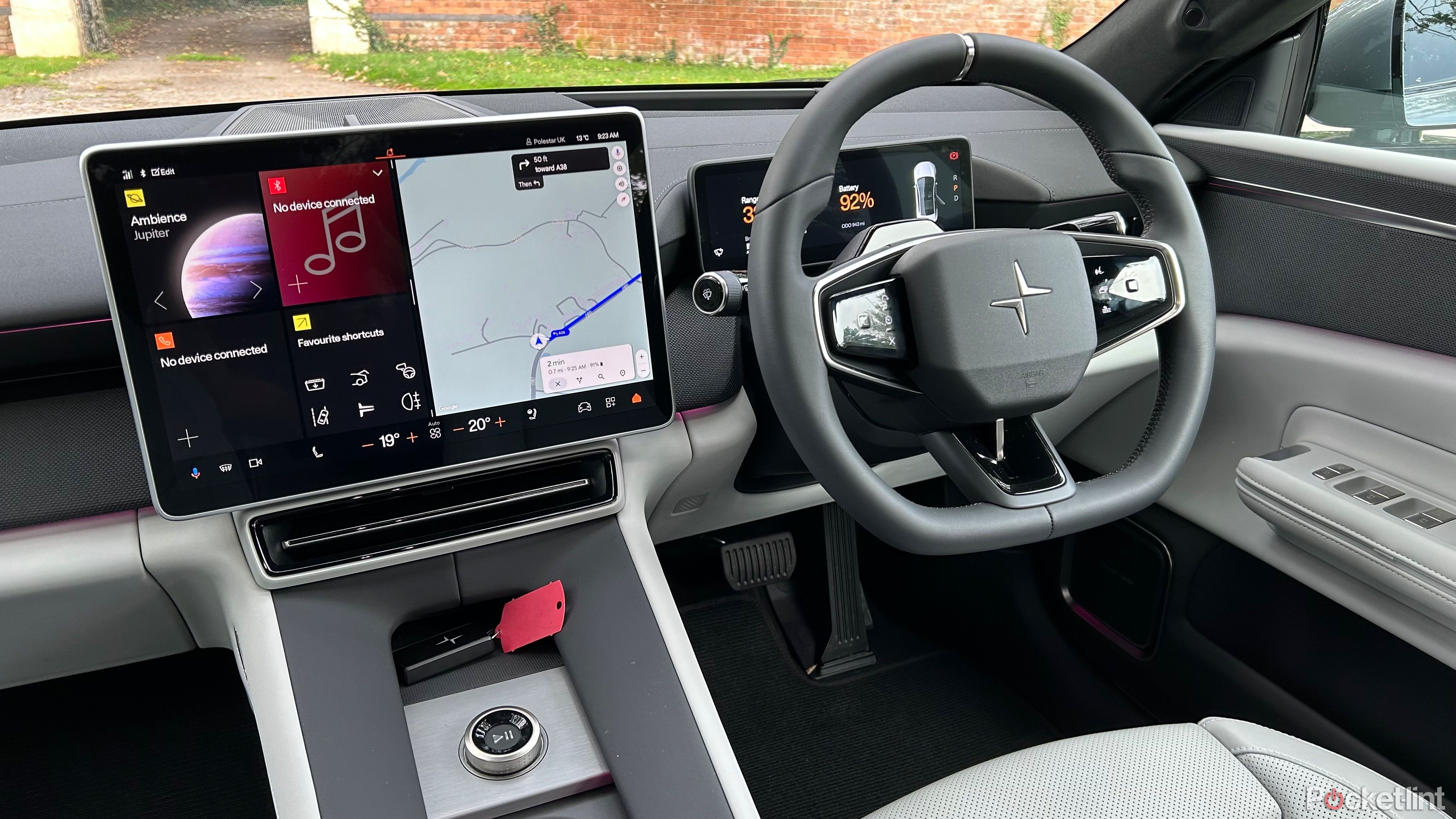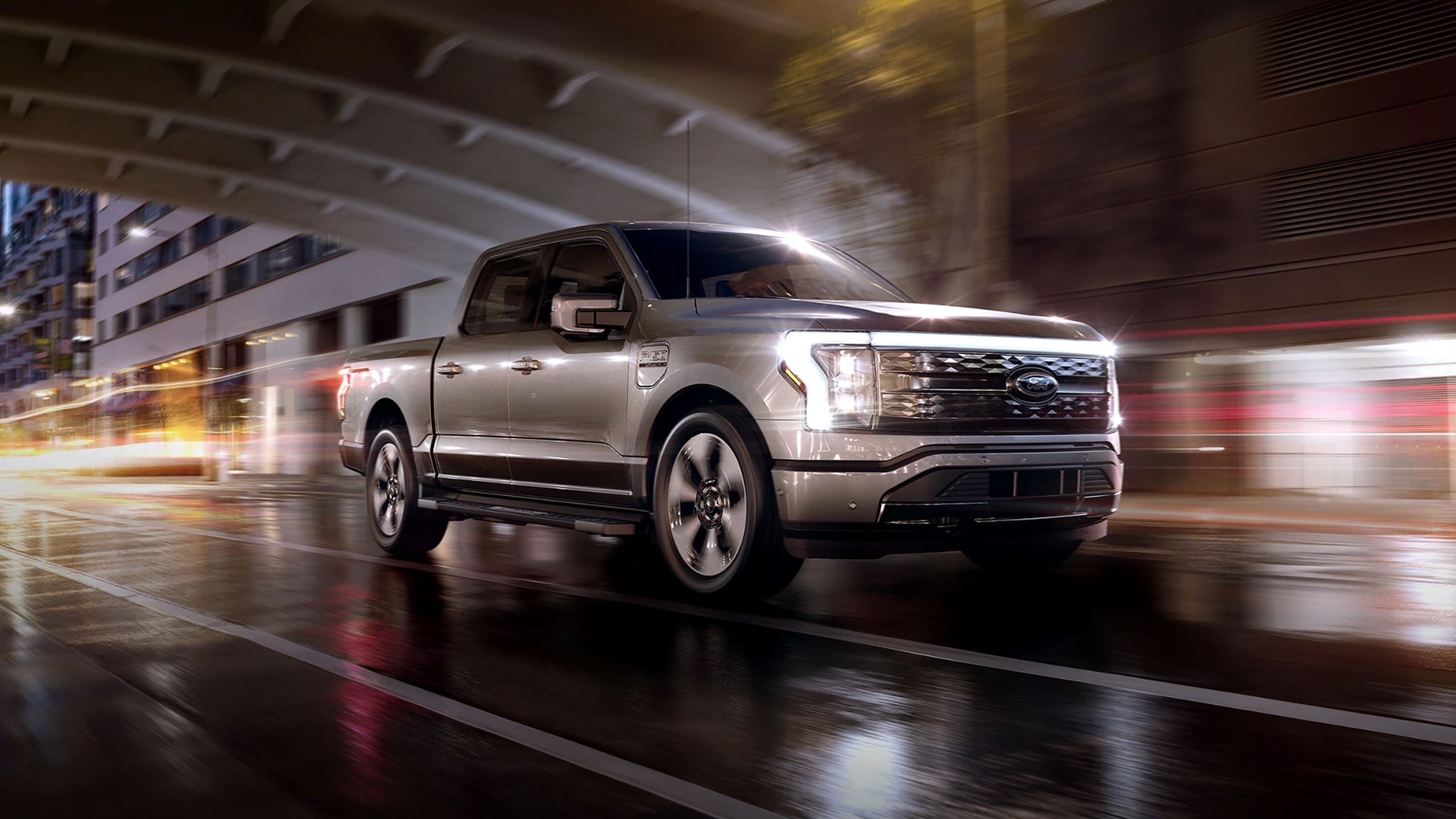Summary
- EVs do lose 10 to 20% or more of range in freezing temperatures, but there are ways to compensate.
- Preconditioning and features like heat pumps can go a long way.
- EVs may actually be preferable for traction on ice and snow, depending on motor and tire configurations.
A lot of myths persist about electric cars. As recently as a couple of years ago, someone I met at a car dealership insisted he would never drive an EV, simply because he was worried about getting electrocuted when driving through a puddle. I told him that wasn’t a threat, as a recent EV owner myself — but I had to hold my tongue on explaining just how many things were wrong with that idea. For one, it’s not like a gas vehicle would be just fine if water was constantly splashing into its chassis.
Another myth is that EVs are terrible if you live in a cold region like Edmonton, where I am at the moment. The reality is that I see plenty of EV owners on the road every day. There are things you need to know about driving in snowy places, however, some of which you may not have considered.
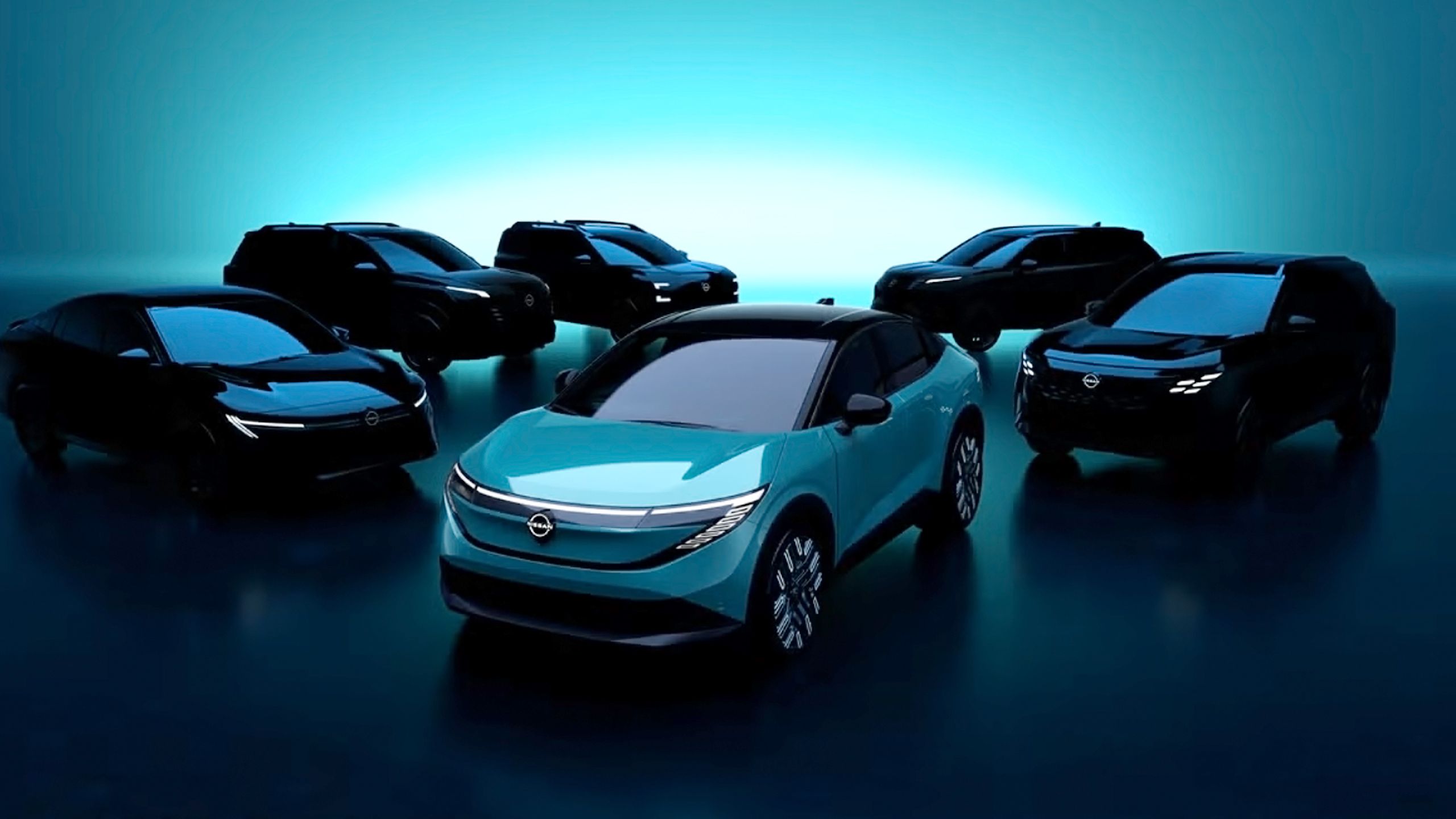
Related
The Nissan Leaf is dead, long live the new Leaf
I’m going to miss the Leaf’s earlier spirit, but it’s probably for the best.
1 Range drops substantially in the cold
Be mindful when traveling (and car shopping)
Rivian
This claim is true — you’ll lose significant range on an EV as temperatures dip below the freezing point. Typically, that’s between 10 and 20% — a vehicle that would normally get 250 miles (402 kilometers) of range might suddenly find itself capped at 200 miles (322 kilometers). Think twice about taking your Kona Electric on a long roadtrip, in other words.
The drop is temporary, though, and manageable as long as you’re prepared. You might, for instance, need to plug in your car every time you’re at home, or stop at charging stations more often when you travel between cities. You may also want to be careful about cranking up cabin heat — it’s a substantial power drain, so use just enough to stay comfortable unless you’re not going very far.
Because of all of this, it’s important to prioritize range when buying an EV in the first place. Personally, I wouldn’t get an EV with anything less than 250 miles of peak mileage, and 300-plus is closer to ideal. The good news is that 300-mile range is becoming more commonplace on affordable models — even the $33,600 Chevy Equinox EV gets 319 miles (513 kilometers).
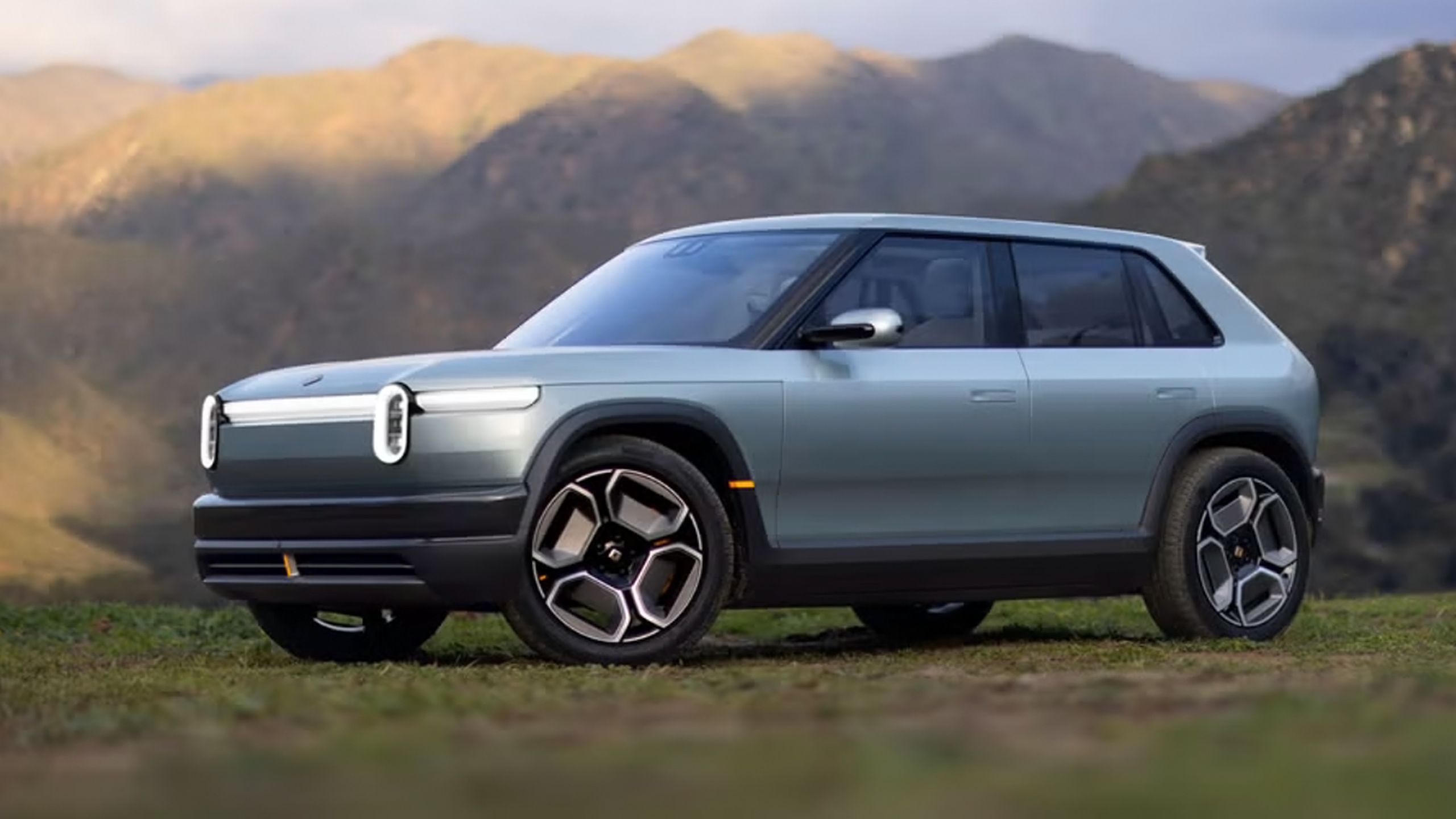
Related
I hope the Rivian R3 will be the vehicle to topple Tesla
Tesla won’t shrink and vanish in a day, naturally.
2 Preconditioning will become a habit
Keep your smartphone handy
Kia
One way of mitigating range issues is a tactic called preconditioning. This involves warming a car’s battery while it’s still connected to power, reducing the weather’s impact when you unplug. It can only help so much, naturally — battery temperatures are going to drop again if you’re out long enough — but it’s easy to do, since EV makers often let you schedule preconditioning through their smartphone apps. If you always head out to work at 8AM, you can have your car primed before you set foot in the garage.
A bonus of this is that you can have your cabin preheated too, so it’s both comfortable when you get in and less energy-intensive to keep that way. In fact, a wise idea is to trigger seat or steering wheel heating, since that’ll help you stay warm without having to max out air systems.

Related
Apple car key vs Android digital car key: Is there a difference?
There’s one key distinction — no pun intended.
3 You won’t freeze to death if you’re trapped in a snowstorm
Yet another myth to dispel
Tesla
Somehow, there’s a belief that EVs are inherently worse than gas cars if you find yourself stranded on a highway because of a blizzard. Yes, your battery will suffer some cold-weather drain, so you could be in trouble if you’re already low on charge. But there’s a possibility of similar issues with a gas vehicle, and an EV is likewise going to extend its runtime if it’s not using its motor(s) to go anywhere.
A while back, Car and Driver tested a Tesla Model 3 against an equivalent gas-powered car in this exact sort of scenario. With an outside temperature of 15F (a little under -9C), the Model 3 was predicted to last about 45 hours on a full charge, heating the cabin to 65F (18C). The gas vehicle came in at 52 hours with a full tank. Needless to say, it’s rare for anyone to get trapped in a car for more than a few hours, and rescue services will probably make it to you long before your battery dies.
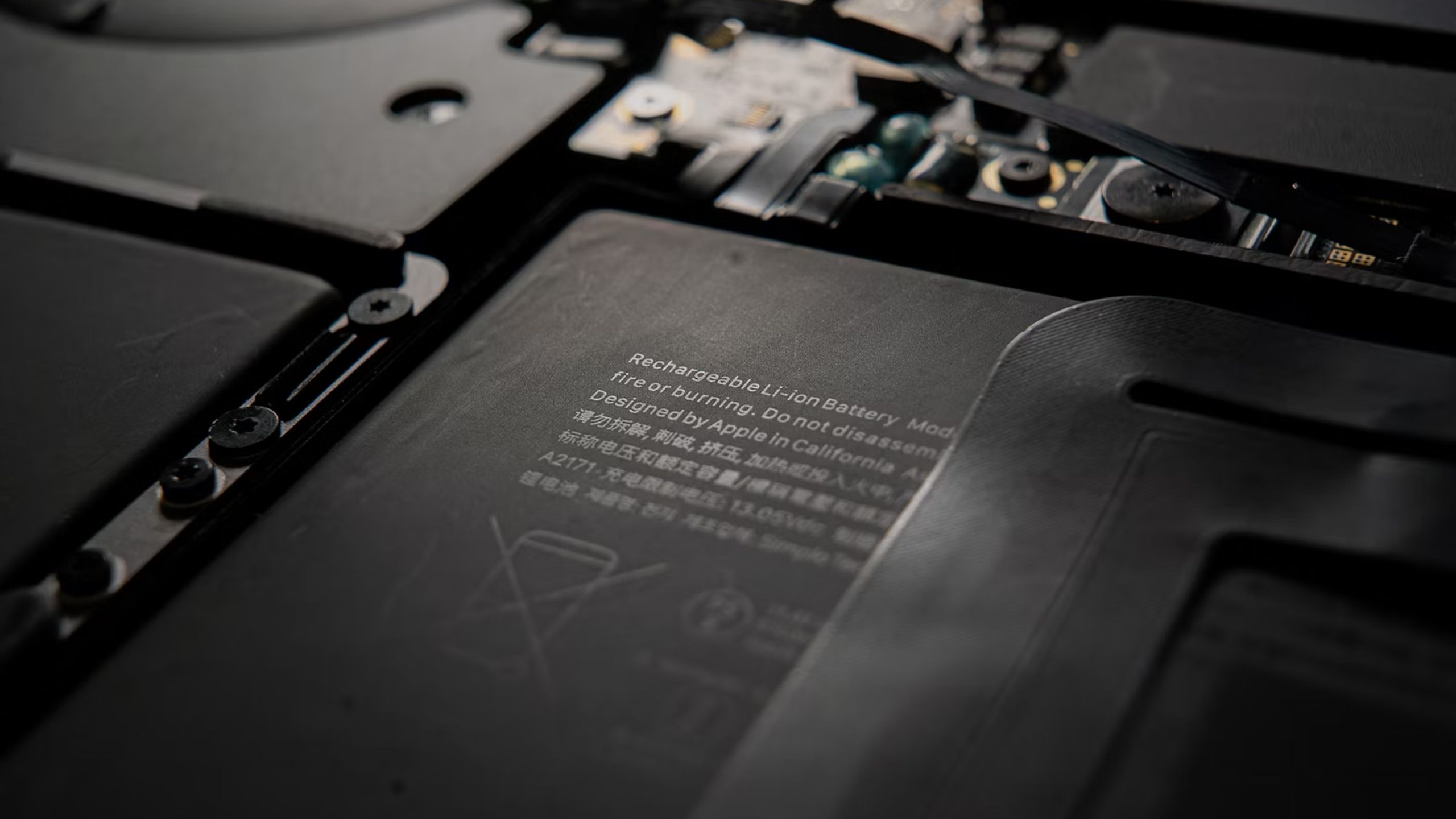
Related
Is your laptop battery not holding a charge? Then it might be time for a replacement
Don’t ship it off to a computer store — do it yourself.
4 EV heating technology is becoming more efficient
Look for this tech when you’re browsing
Over the years, there’s been a lot of trial and error in figuring out what features are needed to make an EV practical. For a long time, EVs shipped without battery warmers — which seems ridiculous in retrospect, as if no auto engineer had ever lived somewhere with ice and snow. Warmers are increasingly de facto for maximizing range, but be sure to doublecheck a car’s specs if you expect to do a lot of winter driving.
Likewise, keep an eye out for models that offer heat pumps for cabin heating instead of radiators. As in a house, heat pumps tend to be more efficient, and that can have a real impact on keeping a cabin comfortable without killing mileage. If a pump isn’t standard in the model you want, you may be able to pay extra for it as an option, and I’d strongly recommend that if you can afford it. The cost should be offset (to a degree, at least) by not having to charge as much or as often.
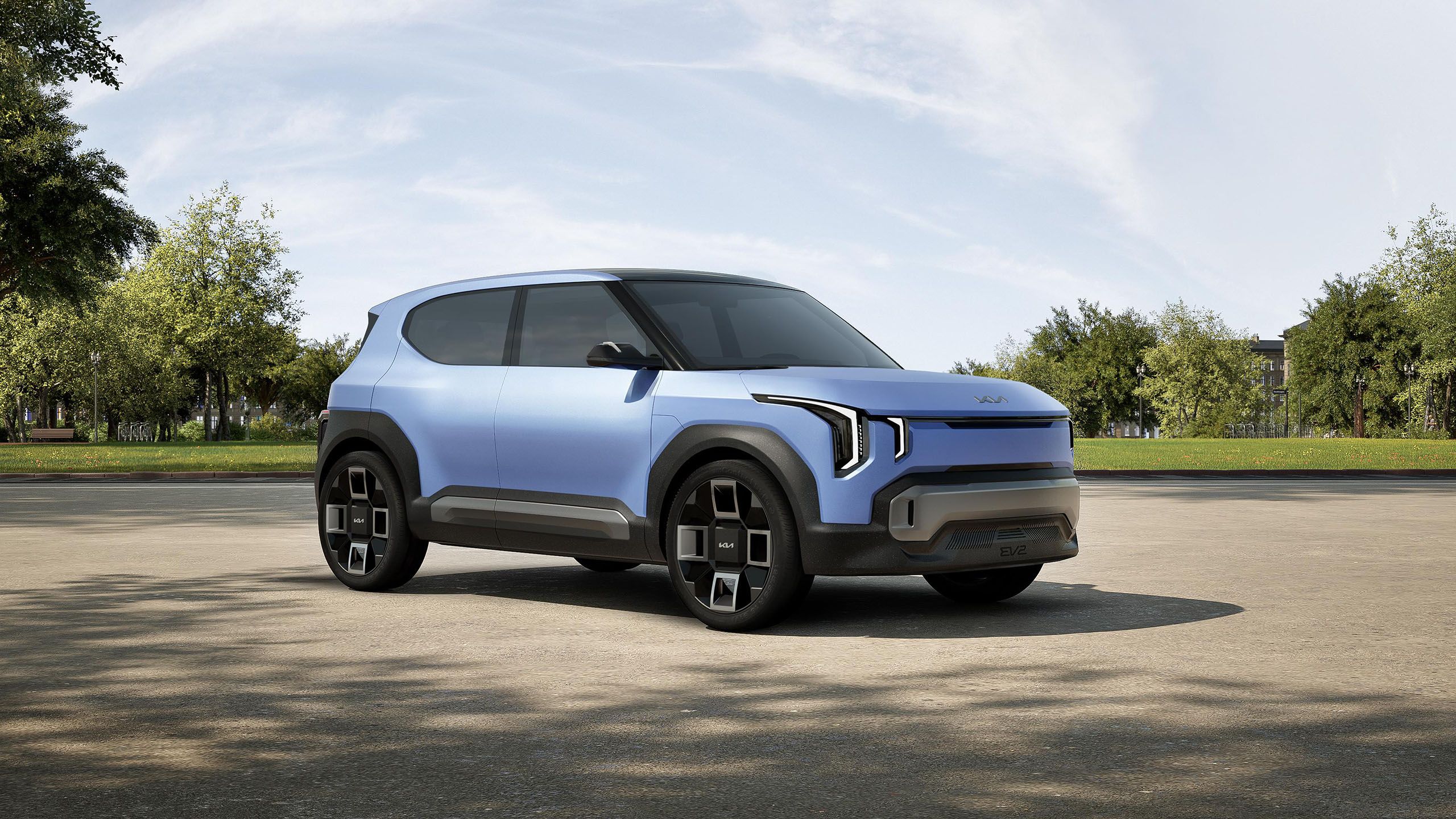
Related
The Kia EV2 is the next EV I’m most excited about – here’s why
It could be a major step towards a truly affordable EV.
5 Traction should be just as good if not better than a gas car
Going all-electric can mean new options
Ford
As you’d expect, there’s no particular reason why an EV should be worse than a gas vehicle at tackling slippery roads. Some models do use special tires to maximize power efficiency, but those shouldn’t have a huge impact on grip — in fact, EV tires are usually engineered with extra grip in mind, since electric motors are capable of instant torque and faster acceleration. Even my 2018 Nissan Leaf was capable of out-accelerating sports cars with its Eco mode disabled.
Depending on what you buy, an EV may actually be superior for ice and snow, as long as you don’t jam so hard on the accelerator that you spin out. Extra torque will help if you get stuck, and EVs sometimes use two or more distinct motors, which can enable special modes for dealing with bad roads. I’d certainly rather be driving a dual-motor Rivian R1T than an equivalent single-motor gas truck. Speaking of the R1T, there’s even a quad-motor version shipping in 2025, which will be able to independently adjust torque for each wheel.

Related
4 tips for traveling safe and sound with your iPad
Don’t just grab your iPad and go, spend some time planning things out.




